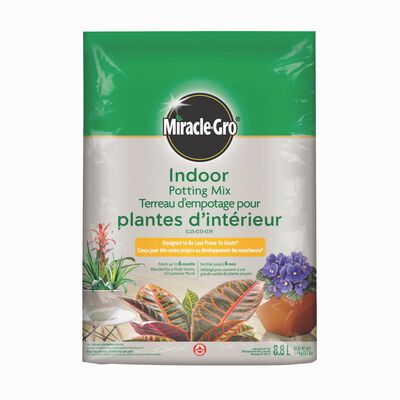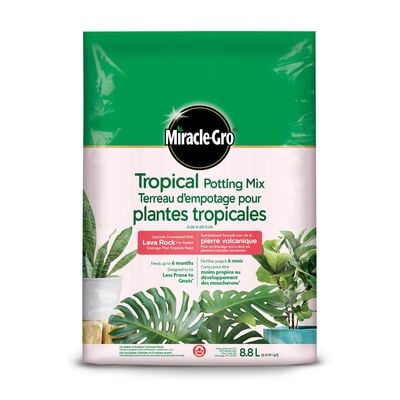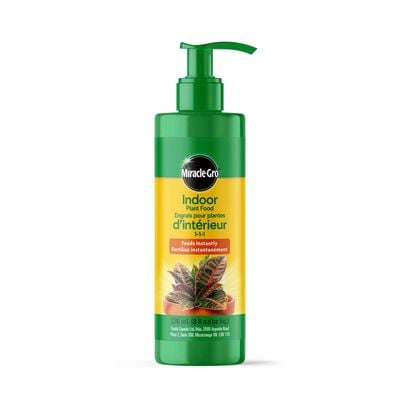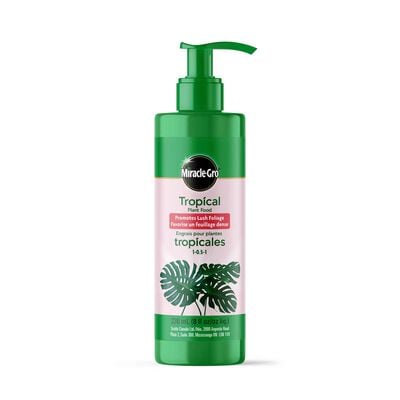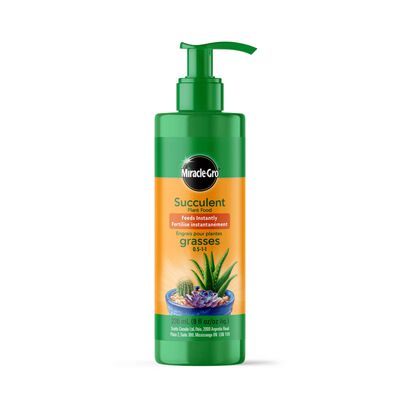
Repotting a Houseplant
If you've ever moved into a new house, you know the process can seem slightly stressful until you're settled in. Turns out, houseplants are the same. You'd think they'd like to spread out in a roomier space, but most would prefer to stay in their current container—even if they're becoming rootbound. For this reason (and a few others), it's important to know when and how to repot a plant if you want your green pal to feel psyched about a new set of digs.
Once you know how to repot a plant you'll be your indoor garden's favorite real estate agent. Even your fussy fiddle leaf fig will trust relocation in your capable hands. To get you moving, here's the lowdown on when, why, and how to put your houseplant in a new pot.
When to Repot a Plant
In general, you can repot young plants one or twice a year and older plants once every year or two. The best time to go about it is in late winter or early spring, so your plant has time to get acquainted with its new home before summer fuels a growth spurt.
Why You Should Repot a Plant
You might be looking forward to repotting your plant because you got a snazzy new container, but there's another reason to rethink your houseplant's current home: It's become rootbound. If your leafy friend is showing any of these signs, it's time to repot it (regardless of the time of year).
- Roots are coming out of the drainage holes
- Roots are exposed at the soil surface
- Roots are encircling the pot, forming a dense web (pale leaves and stunted growth are visible signs)
Even if your houseplant is slow-growing (we're looking at you, ZZ) and the roots are looking good, repotting can help. Over time, soil starts to lose its luster, both in terms of texture and sustenance. A container full of fresh Miracle-Gro® Indoor Potting Mix will help your plant retain water and give it a new boost of nutrients.
How to Repot a Plant
Before you start picking out a new pot or digging through old ones in the garage, take a minute to make sure you're not going too big. Size matters as much as a seamless moving experience.
Consider Pot Size
Houseplants aren't very comfy in a container too big for their needs, so when you go to repot, take it easy on the upgrade. An oversized pot can lead to root rot because there's so much soil, your plant can't drink up the available water and the soil stays wet longer.
Here's a quick guide to increasing pot size:
- Regardless of size, most plants should only move into a pot that's 1 to 3 inches larger in diameter than its current container
- Pots for fast-growing plants can increase by 3 or 4 inches in diameter.
- Pots for slow-growing plants should go up by no more than 1 or 2 inches in diameter.
Of course, if you're happy with your plant's current size and it doesn't appear rootbound, you can keep it in the same pot. Just pull it out of its current container to prune the roots and refresh the soil, following the yearly repotting schedule mentioned above.
Plant It
Now that you've figured out sizing and the best time to repot your plant, the last step is to make the move itself. You got this! Just follow these steps.
1. The day before you repot your plant, water it in its original container (if you forget, you can still water it up to an hour before repotting).
2. If you're reusing an old pot, clean it thoroughly before putting a new houseplant in it. Once dry, add enough Miracle-Gro® Indoor Potting Mix or any other specialty Miracle-Gro indoor potting mixes to the bottom of the container so that the top of the root ball will sit 1 inch below the rim.
3. Remove the plant from its current container (knock it against a hard surface if it's stuck) and check to see if the roots are wound in a matted, tight root ball. If they are, use a knife or your hands to gently break them free.
4. Place your plant in the new pot and add potting mix around it. Lightly press down to remove air pockets and settle it into place.
5. Thoroughly water your repotted plant now, and then always wait until the top inch is dry before giving it any more H2O. (Just stick your finger in the soil to check.)
6. Give your plant a month to adjust, then begin feeding it regularly. Just add Miracle-Gro® Indoor Plant Food right to the soil or to your watering can, following all label directions, to give your houseplants a boost.
That's it, you've successfully repotted your houseplant! Just put your botanical buddy back where it was and continue to care for it like the awesome plant parent you are. You may notice new growth or just a perkier appearance overall once it realizes that you were right: A dream home makeover was just what it needed.
